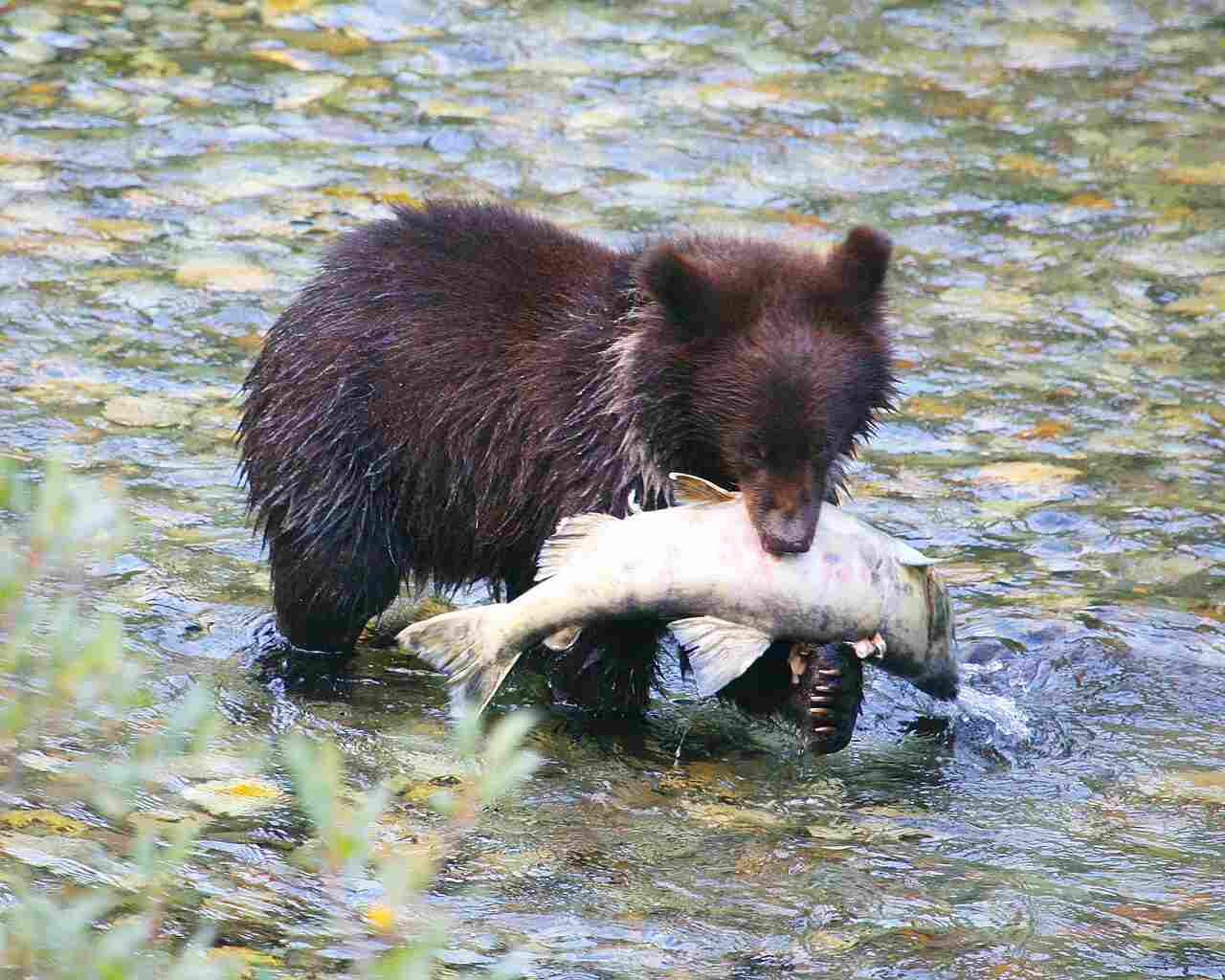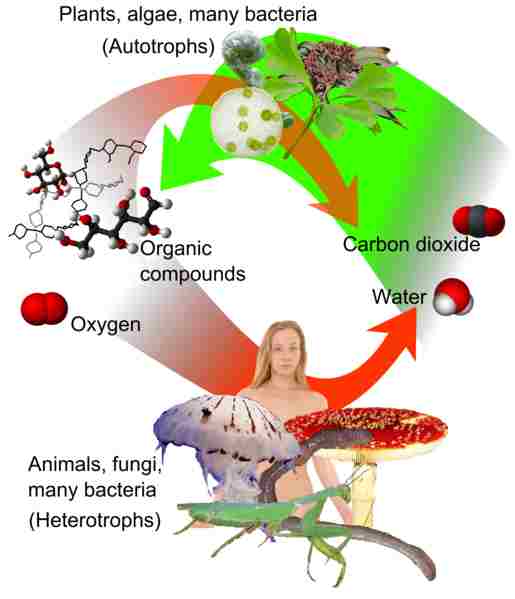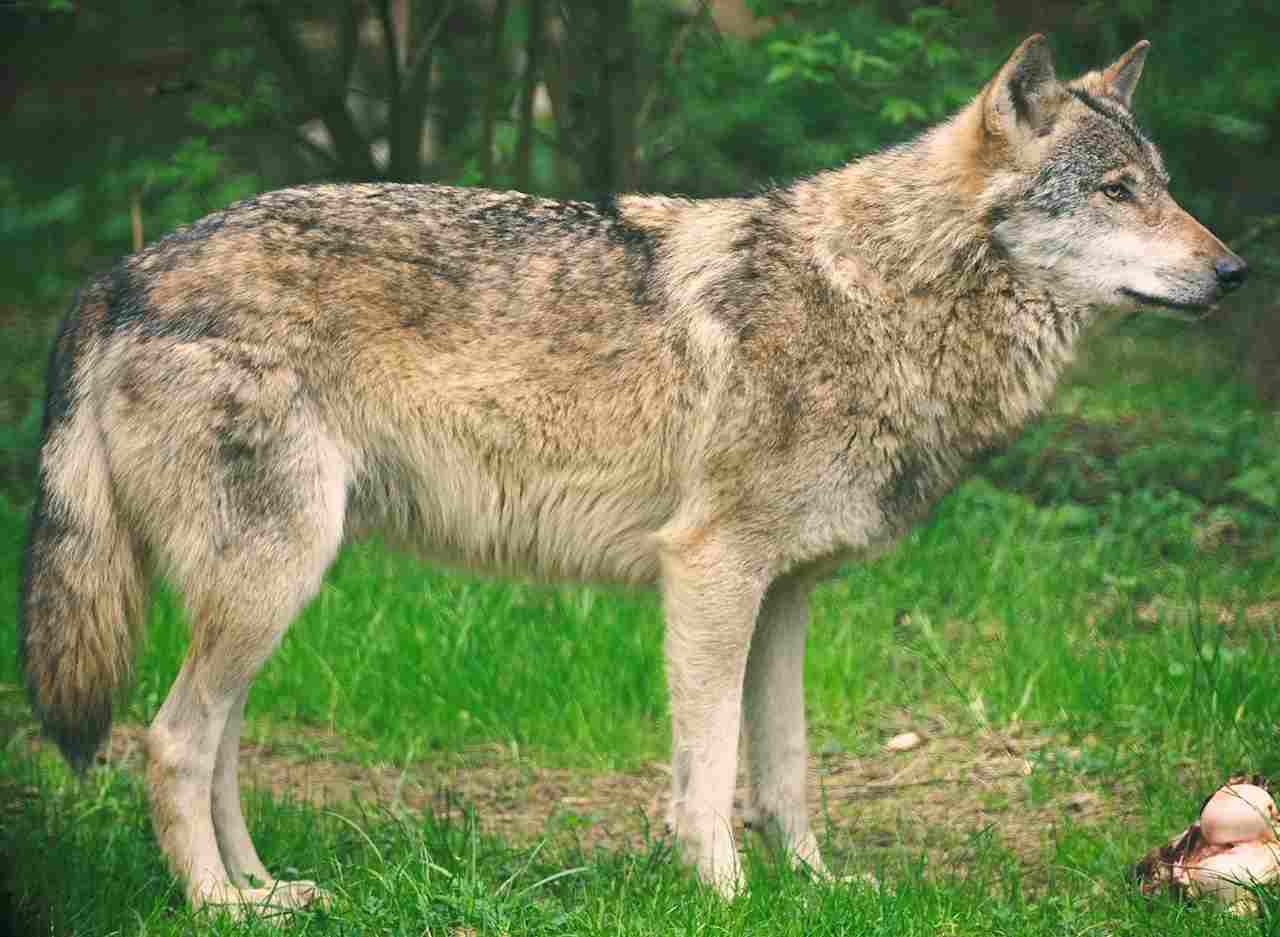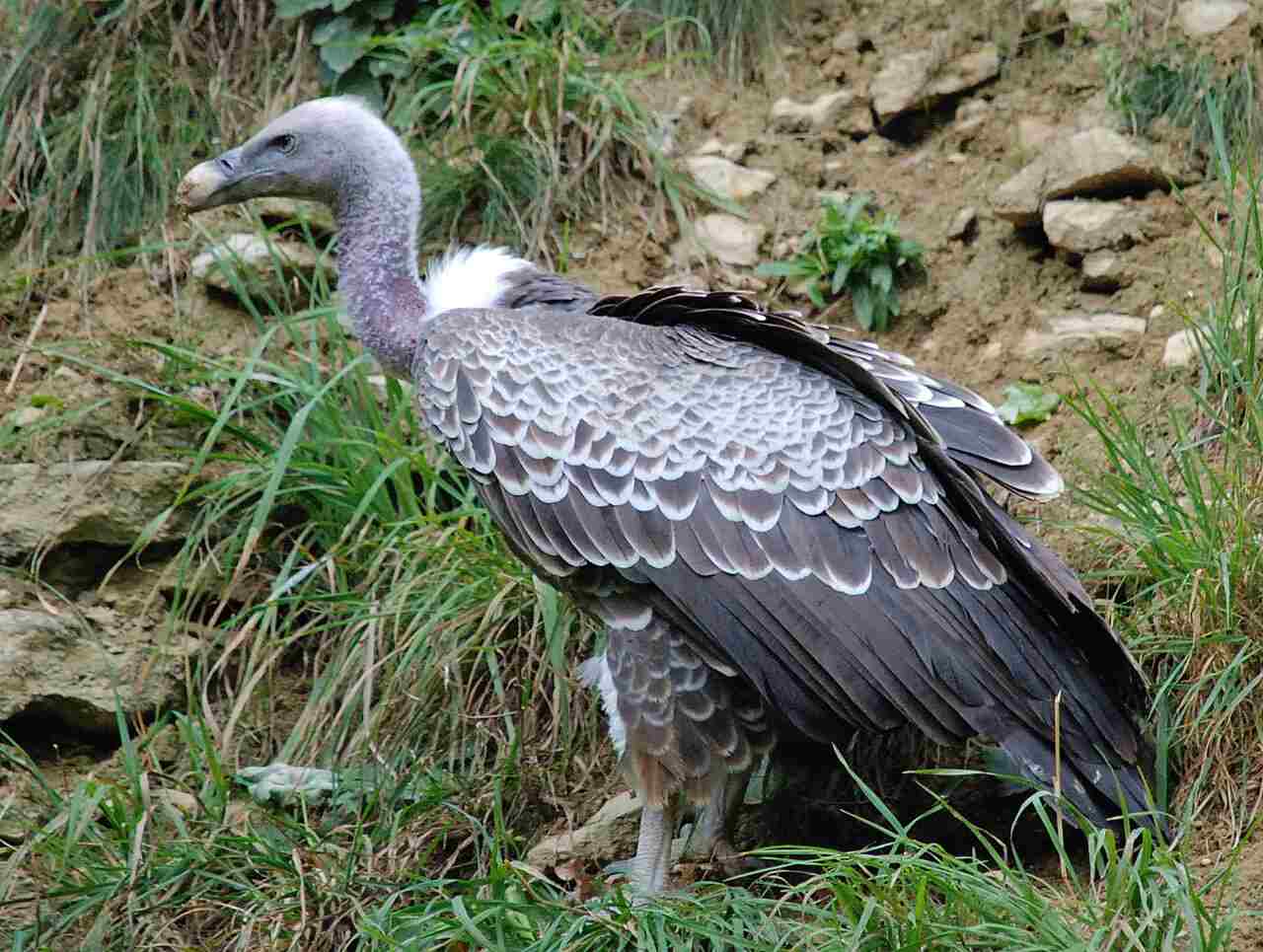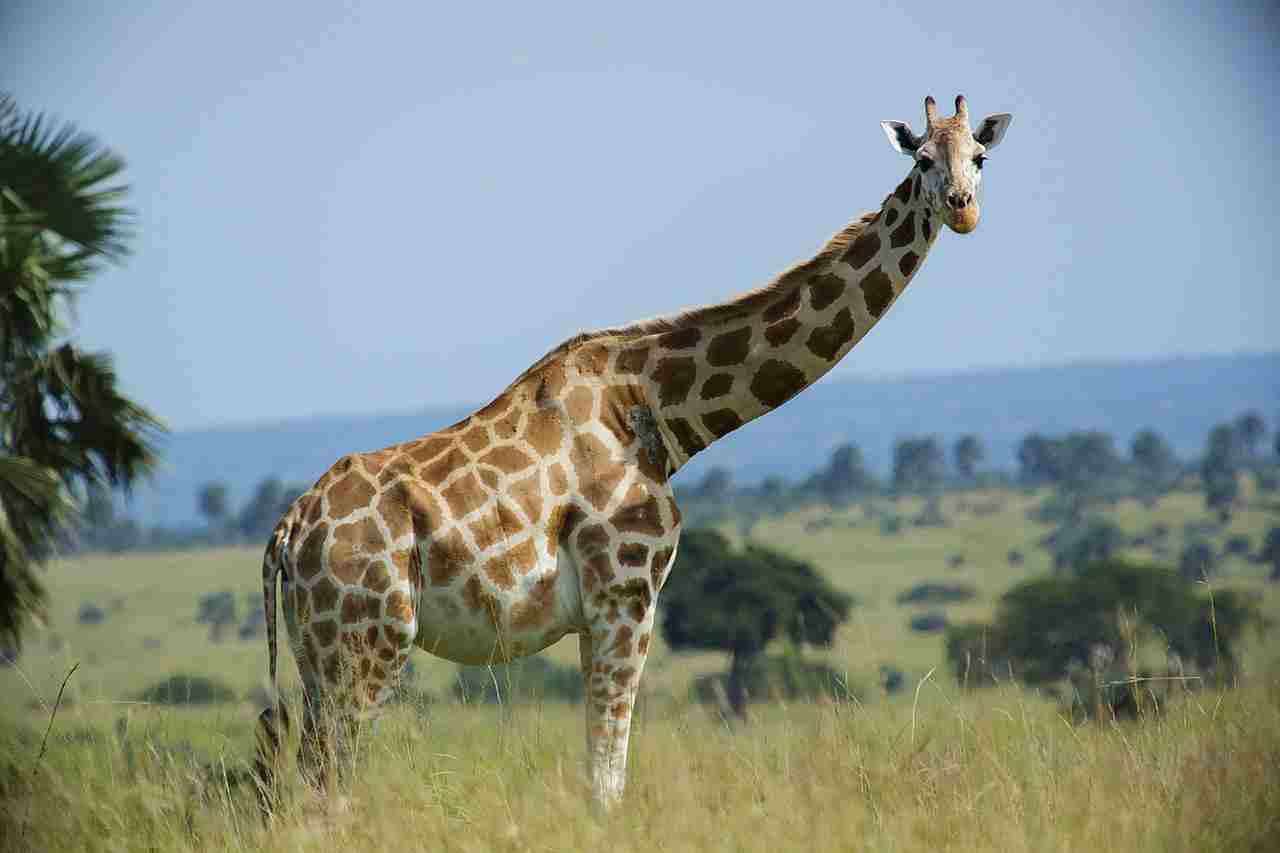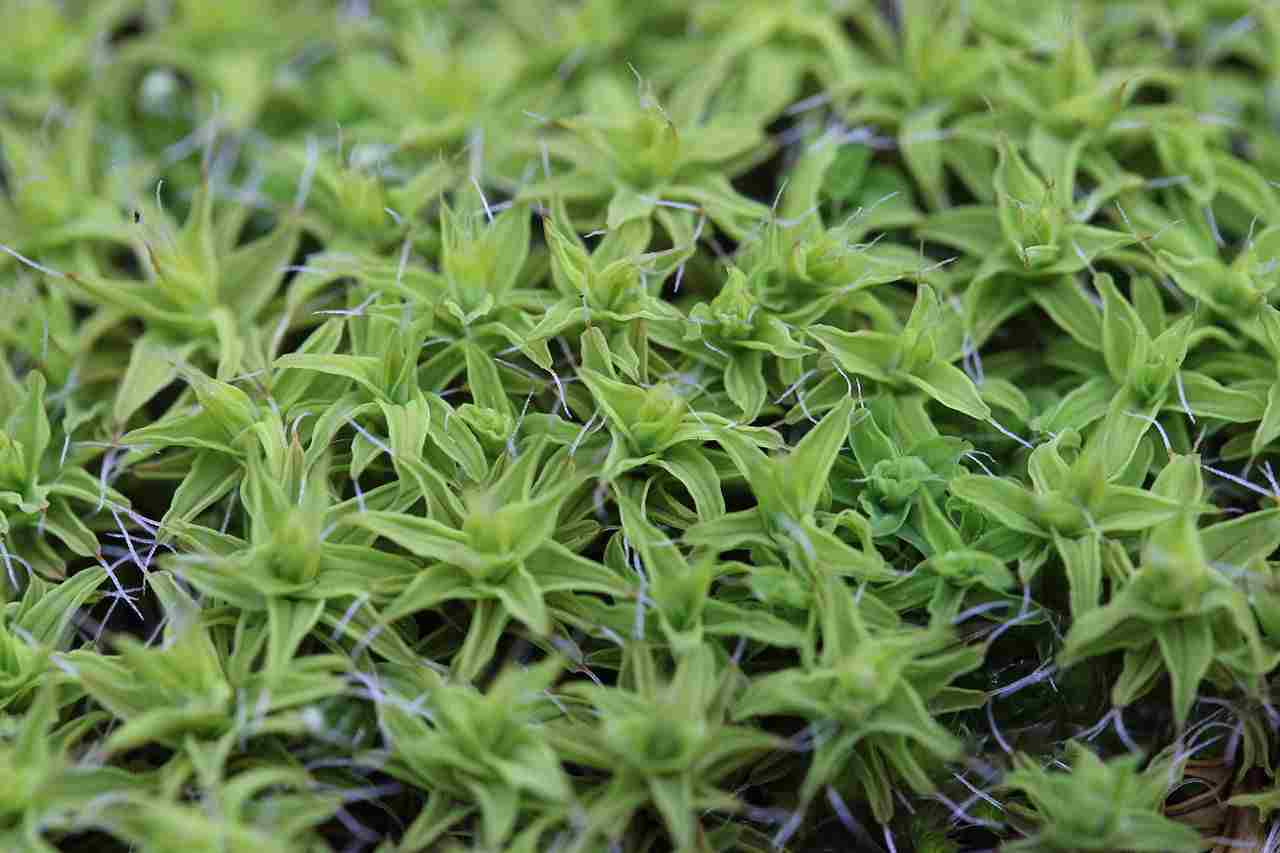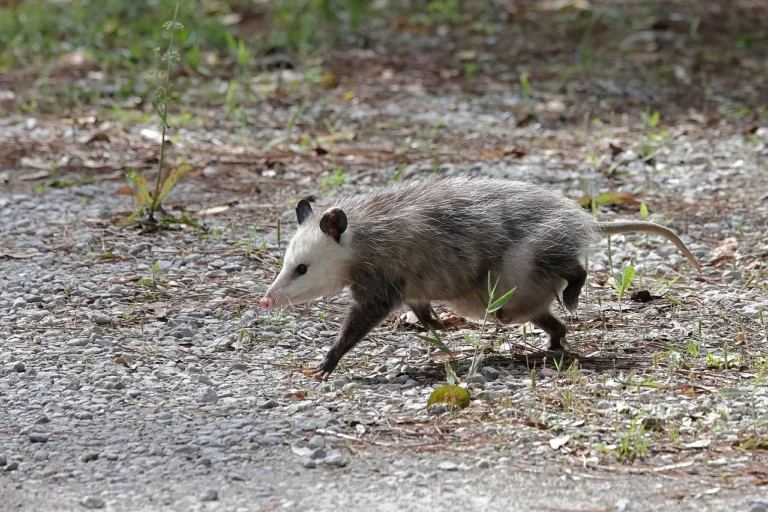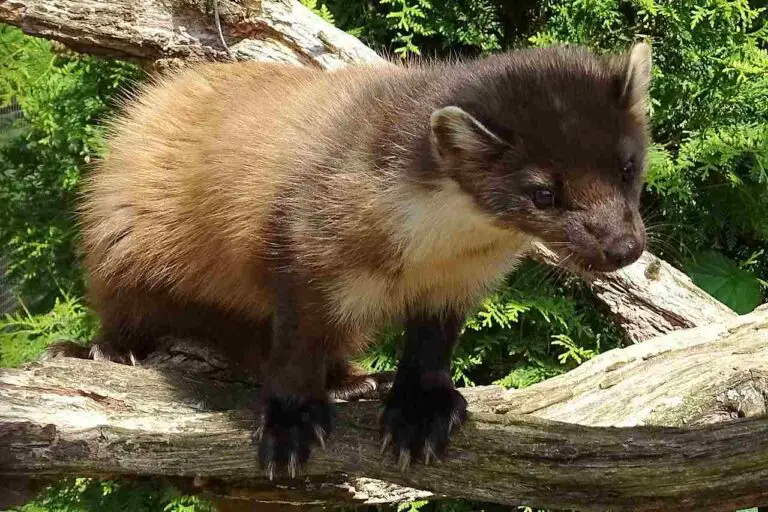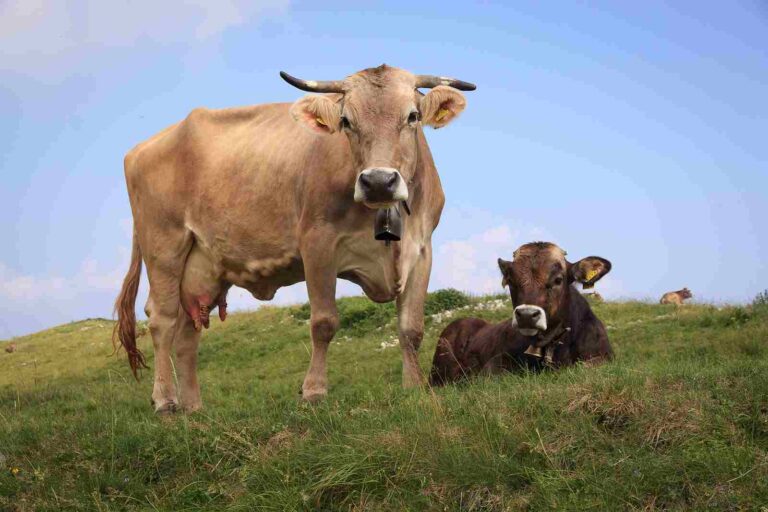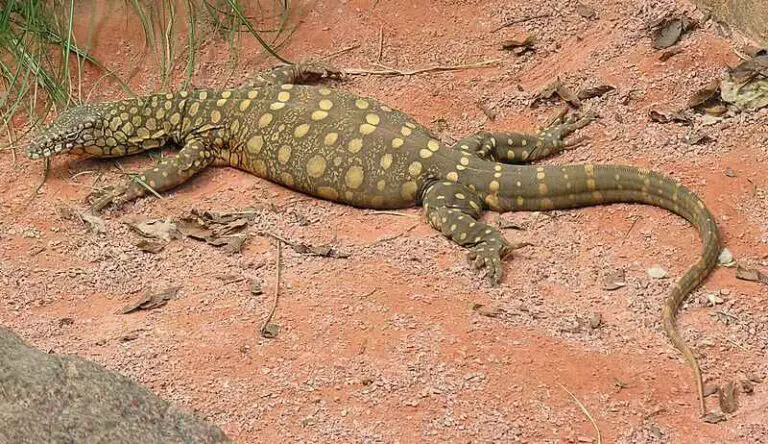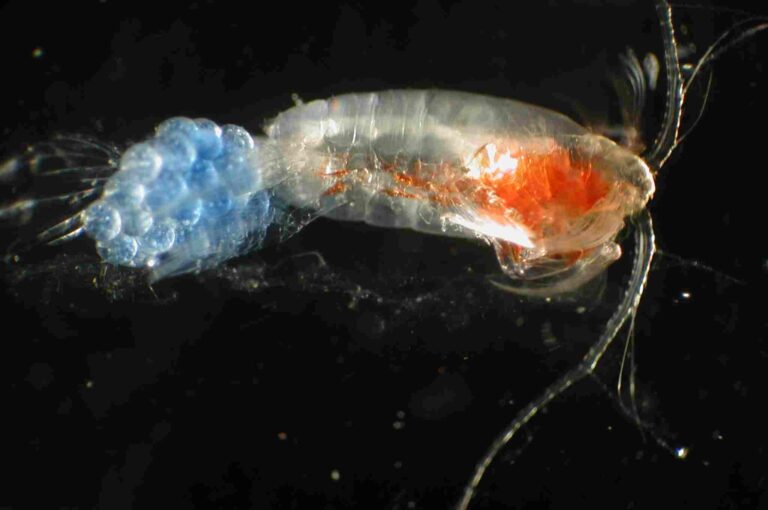Is a Cat a Consumer? Discussing the Ecological Classification of Cats
Yes, a cat is classified as a consumer due to its heterotrophic mode of feeding. Unlike producers, cats cannot manufacture their own food or biomass from inorganic resources. Instead, they rely on consuming other organisms for their energy and nutrients. This makes them consumers in the ecological classification.
Cats do not have much biological similarity to producers, such as plants, which can convert sunlight into energy through photosynthesis. Instead, they must obtain their energy by consuming other organisms. In this way, cats play a vital role in the food chain as consumers. Their diet consists mainly of other animals, making them carnivores.
Reasons Why a Cat is a Consumer
1. Heterotrophic Mode of Feeding
Cats, like all animals, have a heterotrophic mode of feeding, which means they must obtain their energy and nutrients by consuming biomass from other organisms. This fundamental characteristic of cats clearly places them in the category of consumers.
In simple terms, cats cannot produce their own food like plants do through photosynthesis. They do not have chlorophyll, leaves, or roots that enable them to convert sunlight into energy. Instead, cats rely on the consumption of other living organisms to meet their nutritional needs.
When a cat hunts and captures its prey, whether it’s a mouse, bird, or even a small insect, it is essentially consuming the biomass of that organism. The cat’s digestive system breaks down the prey’s tissues, extracting the necessary nutrients and energy for its own survival and growth.
This reliance on consuming other organisms is a defining characteristic of consumers in ecological systems. Consumers, such as cats, occupy a higher trophic level in food chains or food webs, as they obtain their energy by feeding on other organisms.
Therefore, the heterotrophic mode of feeding exhibited by cats clearly places them in the consumer category. They rely on consuming biomass from other organisms to meet their energy and nutritional requirements. This fundamental aspect of their biology distinguishes them from producers, such as plants, which can produce their own food through photosynthesis.
2. Lack of Biological Similarity to Producers
Cats, unlike producers such as plants, lack biological similarities that enable them to produce their own food. They do not possess chlorophyll, leaves, or roots necessary for photosynthesis. This distinction in biological complexity clearly places cats in the category of consumers.
In ecological terms, consumers are organisms that rely on consuming biomass from other organisms to meet their energy and nutritional needs. Cats, being unable to produce their own food, must obtain their energy by consuming other living organisms. When a cat hunts and captures its prey, it essentially consumes the biomass of that organism, extracting the necessary nutrients and energy for its own survival and growth.
The absence of chlorophyll, leaves, and roots in cats means that they cannot convert sunlight into energy like plants do. Instead, they rely on the consumption of other organisms to fulfill their nutritional requirements. This reliance on consuming other organisms is a defining characteristic of consumers in ecological systems.
By lacking the biological structures and processes necessary for photosynthesis, cats are unable to produce their own food. Instead, they rely on the consumption of other organisms to obtain the energy and nutrients they need. This fundamental aspect of their biology clearly distinguishes them from producers, such as plants.
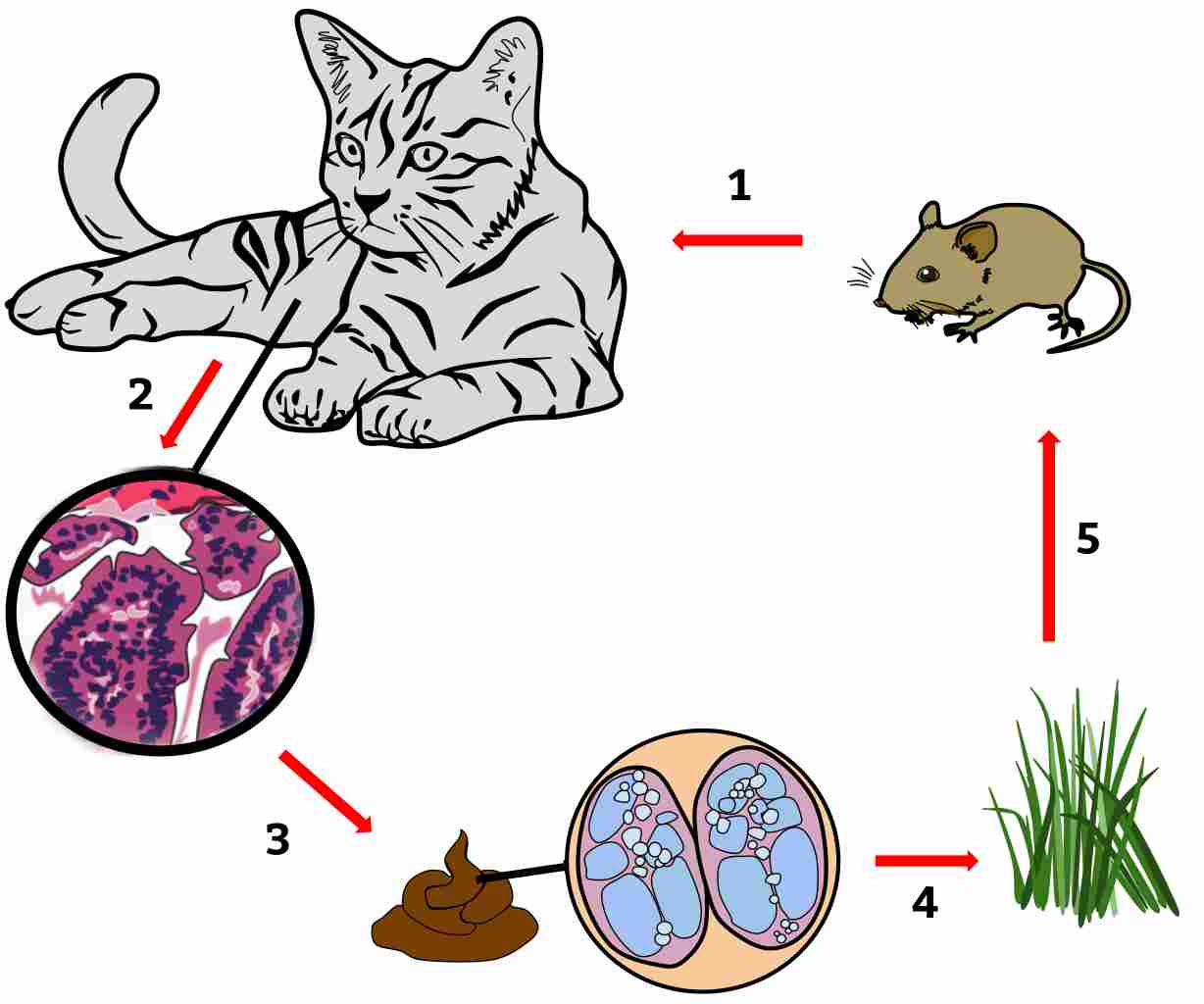
4. Are Neither Saprophytic Nor Detritivorous
Cats, unlike decomposers such as saprophytes and detritivores, do not directly contribute to the process of biodegradation. Saprophytes, like fungi, obtain their nutrients by breaking down dead organic matter, while detritivores, like earthworms, feed on decaying organic material. Cats, on the other hand, do not play a role in the decomposition of organic matter.
This absence of involvement in the biodegradation process further solidifies the classification of cats as consumers. While decomposers play a crucial role in recycling nutrients and breaking down organic material, cats rely on consuming other living organisms for their energy and nutritional needs.
In ecological terms, consumers are organisms that obtain their energy by consuming biomass from other organisms. Cats, being carnivorous predators, obtain their energy by hunting and consuming other animals. When a cat captures and consumes its prey, it obtains the necessary nutrients and energy for its own survival and growth.
By not participating in the decomposition process, cats do not contribute to the recycling of nutrients in the same way that decomposers do. Instead, they rely on the consumption of other organisms to meet their energy and nutritional requirements. This reliance on consuming other organisms is a defining characteristic of consumers in ecological systems.
What Type of Consumer is a Bobcat?
A bobcat is a carnivorous and predatory type of consumer. Unlike herbivores, which primarily feed on plants, and omnivores, which consume both plants and animals, bobcats exclusively rely on a meat-based diet. This distinction places them in the category of carnivorous consumers.
As a carnivorous predator, bobcats primarily feed on primary consumers such as mice, squirrels, and rabbits. These small mammals serve as their main source of food and energy. By preying on these primary consumers, bobcats occupy a position in the food chain as a secondary consumer.
The size and predatory capacity of bobcats also contribute to their classification as secondary consumers. Being larger and more powerful than their primary consumer prey, bobcats are able to capture and consume these animals. Their physical attributes and hunting skills allow them to sustain themselves by feeding on smaller organisms.
In ecological terms, secondary consumers are organisms that feed on primary consumers. They occupy a higher trophic level in the food chain and play a crucial role in regulating the population of primary consumers. By preying on these animals, bobcats help maintain the balance of the ecosystem.
The exclusive carnivorous feeding behavior of bobcats further supports their classification as secondary consumers. Unlike tertiary consumers, which may consume both primary and secondary consumers, bobcats solely rely on consuming primary consumers for their nutritional needs. This specialization in diet reinforces their role as secondary consumers within the food web.
It is important to note that bobcats have a relatively small cascading impact on the ecosystem compared to larger predators. While they play a significant role in controlling the population of primary consumers, their influence on the overall ecosystem dynamics is more localized. This is due to their smaller size and limited range of prey species.
Is a Bobcat a Secondary Consumer?
Yes, a bobcat is indeed classified as a secondary consumer. This categorization is based on several factors, including its feeding habits and its position in the food chain.
Bobcats primarily feed on primary consumers such as mice, squirrels, and rabbits. These small mammals serve as their main source of food and energy. By preying on these primary consumers, bobcats occupy a position in the food chain as a secondary consumer. This means that they consume organisms that are one level above the producers in the ecological pyramid.
The size and predatory capacity of bobcats also contribute to their classification as secondary consumers. Being larger and more powerful than their primary consumer prey, bobcats are able to capture and consume these animals. Their physical attributes and hunting skills allow them to sustain themselves by feeding on smaller organisms.
In ecological terms, secondary consumers are organisms that feed on primary consumers. They occupy a higher trophic level in the food chain and play a crucial role in regulating the population of primary consumers. By preying on these animals, bobcats help maintain the balance of the ecosystem.
The exclusive carnivorous feeding behavior of bobcats further supports their classification as secondary consumers. Unlike tertiary consumers, which may consume both primary and secondary consumers, bobcats solely rely on consuming primary consumers for their nutritional needs. This specialization in diet reinforces their role as secondary consumers within the food web.
It is important to note that bobcats have a relatively small cascading impact on the ecosystem compared to larger predators. While they play a significant role in controlling the population of primary consumers, their influence on the overall ecosystem dynamics is more localized. This is due to their smaller size and limited range of prey species.
Why Bobcats are Classified as Secondary Consumers
1. Predation On Primary Consumers
Bobcats are known to feed mostly on small mammals like rodents, which are considered primary consumers in the food chain. This dietary preference plays a significant role in classifying bobcats as secondary consumers.
In the intricate web of life, organisms are categorized based on their feeding habits and position in the food chain. Primary consumers, such as rodents, primarily feed on plants and other producers. They are the herbivores that directly consume the energy-rich resources provided by the environment.
Bobcats, on the other hand, occupy a higher trophic level as secondary consumers. They prey upon these primary consumers, utilizing the energy stored in the bodies of the rodents. By doing so, bobcats obtain their energy indirectly from the producers, making them an essential part of the ecosystem’s energy flow.
This predation on primary consumers is a key characteristic that distinguishes bobcats as secondary consumers. They play a crucial role in regulating the population of primary consumers, helping to maintain the balance within the ecosystem.
By controlling the population of rodents, bobcats prevent overgrazing and the depletion of plant resources. This, in turn, has a cascading effect on the entire food chain, influencing the abundance and distribution of other organisms within the ecosystem.
2. Smaller Size Than Tertiary Consumers
One of the reasons why bobcats are classified as secondary consumers is their smaller size compared to tertiary consumers such as wolves, cougars, and bears. This size difference plays a significant role in their ecological classification.
Bobcats are relatively smaller predators in comparison to their larger counterparts. They have a compact and agile build, allowing them to navigate through various habitats with ease. This smaller size gives them an advantage when hunting smaller prey, such as rodents, which are primary consumers.
Their size also influences their dietary preferences. Bobcats primarily feed on smaller mammals, birds, and reptiles, which are abundant in their habitats. Their smaller size enables them to capture and consume these prey efficiently, making them well-suited for a secondary consumer role.
In ecological terms, the size of an organism often determines its position in the food chain. Tertiary consumers, like wolves, cougars, and bears, are larger predators that feed on secondary consumers. They have the ability to take down larger prey due to their size and strength.
Bobcats, being smaller in size, are not equipped to hunt and consume larger prey like wolves or bears. Instead, they rely on smaller animals for sustenance. This dietary specialization further solidifies their classification as secondary consumers.
3. Exclusive Carnivorous Feeding
Exclusive carnivorous feeding is another factor that contributes to the classification of bobcats as secondary consumers. While being a carnivore alone is not always a reason for secondary consumer status, it does play a significant role in determining their ecological niche.
Bobcats have a narrow dietary range, primarily consisting of other animals. They are exclusively carnivorous, meaning they rely solely on meat as their source of nutrition. This dietary specialization sets them apart from primary consumers, which primarily feed on plants, and from decomposers, which obtain nutrients from dead organic matter.
As secondary consumers, bobcats occupy a crucial position in the food chain. They prey on primary consumers such as rabbits, squirrels, and birds, which in turn feed on plants. By consuming these primary consumers, bobcats help regulate their populations and maintain the balance within the ecosystem.
The exclusive carnivorous feeding behavior of bobcats is a result of their physiological adaptations. They have sharp teeth and claws, well-suited for capturing and killing their prey. Their digestive system is also designed to efficiently process and extract nutrients from animal tissues.
This dietary specialization not only influences the ecological classification of bobcats but also shapes their behavior and hunting strategies. They exhibit stealthy and agile hunting techniques, relying on their keen senses and physical abilities to stalk and ambush their prey.
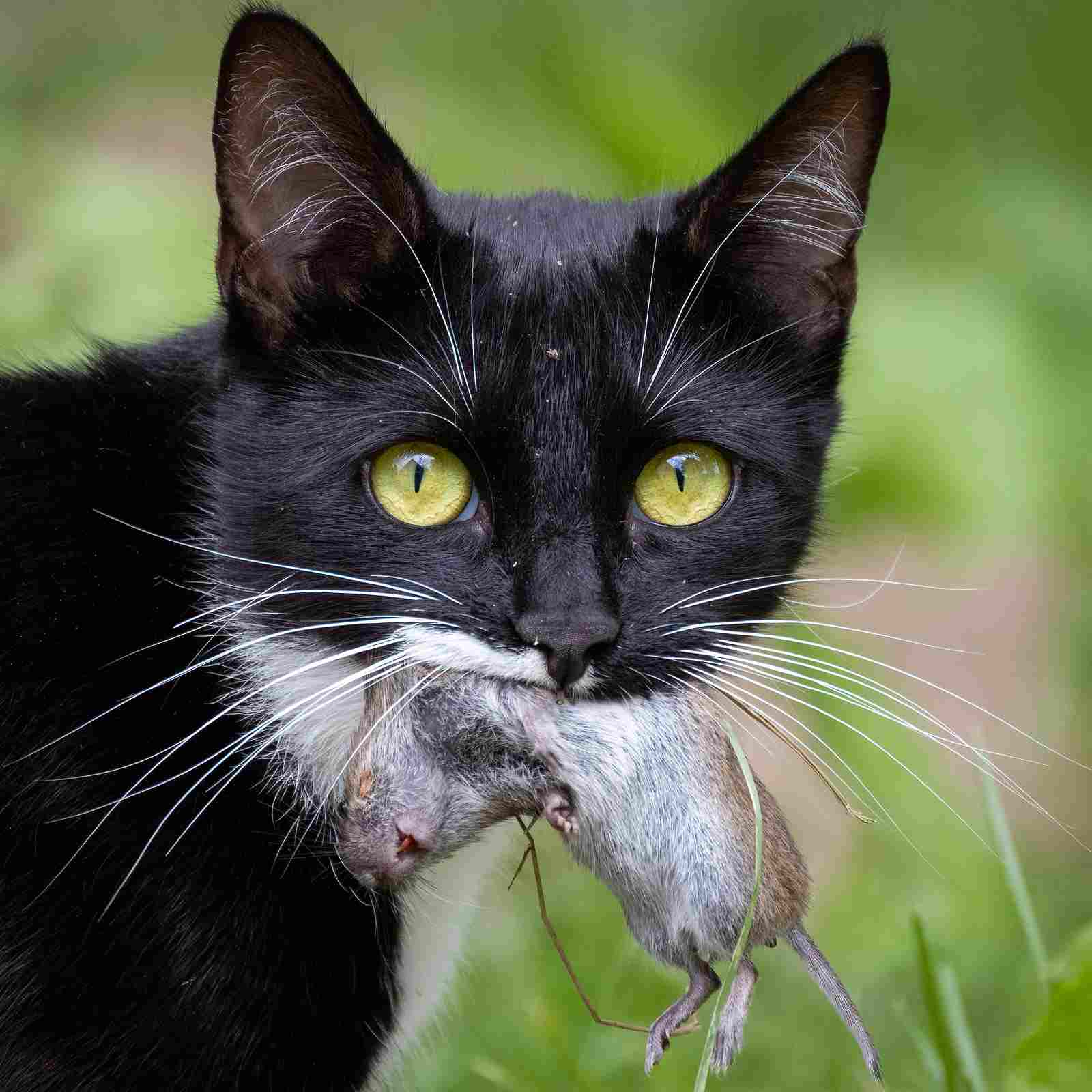
4. Relatively Small Cascading Impact
When considering the ecological classification of bobcats, their relatively small cascading impact sets them apart from tertiary consumers. While tertiary consumers have a significant influence on other populations and trophic levels, bobcats have a more limited effect.
As secondary consumers, bobcats primarily prey on primary consumers such as rabbits, squirrels, and birds. While their hunting activities do have an impact on these populations, it is not as pronounced as the impact of tertiary consumers. Tertiary consumers, such as large predators like wolves or bears, have a more substantial influence on the populations of both primary consumers and other secondary consumers.
The smaller cascading impact of bobcats can be attributed to their smaller size and narrower dietary range. Unlike tertiary consumers, bobcats do not have the same level of energy requirements or the ability to take down larger prey. This limits their ability to exert a significant influence on the overall dynamics of the ecosystem.
However, it is important to note that even though bobcats have a relatively small cascading impact, their role as secondary consumers is still crucial. By regulating the populations of primary consumers, bobcats help maintain the balance within the ecosystem. They prevent the overpopulation of primary consumers, which in turn helps to preserve the health and diversity of plant communities.
Is a Cat a Consumer, Producer or Decomposer?
When considering the ecological classification of cats, it is clear that they fall into the category of consumers. Cats, including bobcats, exhibit a heterotrophic mode of feeding, relying on the consumption of other organisms for their energy and nutrient needs. Unlike producers, such as plants, cats do not possess the ability to manufacture their own food through photosynthesis or other autotrophic processes.
Furthermore, cats do not exhibit any characteristics of decomposers. Decomposers play a crucial role in the process of biodegradation, breaking down organic matter and returning nutrients to the ecosystem. However, cats do not possess detritivorous feeding habits and are not saprophytic. They do not actively participate in the decomposition process or play a direct role in the breakdown of organic matter.
Therefore, based on their feeding habits and ecological role, cats, including bobcats, are classified as secondary consumers. They occupy a position in the food chain where they primarily prey on primary consumers, such as small mammals and birds. As secondary consumers, cats play a vital role in regulating the populations of primary consumers, helping to maintain the balance within the ecosystem.
Therefore, cats are consumers, as they rely on the consumption of other organisms for their energy and nutrient needs. They are not producers because they lack the ability to manufacture their own food, and they are not decomposers because they do not possess detritivorous feeding habits or play a direct role in the process of biodegradation.
Bobcat Food Web Position and Role
Bobcats play an important role in the food web as level three heterotrophs, also known as secondary consumers. Their predatory activities support the transfer of energy within the ecosystem. By preying on primary consumers, such as small mammals and birds, bobcats influence the adaptation, biotic potential, and population dynamics of their prey.
The presence of bobcats in the food web helps to reduce the risk of overgrazing and resource depletion. As secondary consumers, they regulate the populations of primary consumers, preventing them from becoming too abundant and causing damage to the ecosystem. This balance is essential for maintaining the overall health and stability of the food web.
Bobcats, with their carnivorous feeding habits, have a significant impact on the populations of their prey species. Their hunting behavior and consumption of primary consumers can lead to changes in the distribution and abundance of these species. This, in turn, can affect the availability of resources for other organisms in the ecosystem.
In terms of their position in the food web, bobcats occupy a critical niche as secondary consumers. They rely on the energy and nutrients obtained from consuming primary consumers, while also serving as a food source for higher-level consumers, such as tertiary consumers. This positioning allows for the flow of energy and nutrients through the food web, supporting the overall functioning of the ecosystem.
The role of bobcats in the food web highlights the interconnectedness and interdependence of organisms within an ecosystem. Their presence and predatory activities have cascading effects on the populations of their prey and other organisms in the ecosystem. Understanding the position and role of bobcats in the food web is essential for comprehending the dynamics and functioning of the ecosystem as a whole.
FAQs
1. Is a Cat a Producer or a Consumer?
A cat is a consumer. It does not have the ability to produce its own food through photosynthesis or any other means. Instead, it obtains its energy by consuming other organisms. This makes it a consumer in the ecological sense.
2. Is a Wild Cat a Producer, Consumer, or Decomposer?
A wild cat is a consumer, not a producer or decomposer. Unlike plants or some bacteria, wild cats do not have the ability to synthesize their own biomass through photosynthesis or any other means. They rely on consuming other organisms for their energy and nutrients.
Additionally, wild cats are not decomposers. They do not play a role in the biochemical breakdown of organic matter. Instead, they primarily function as predators, preying on other animals like rodents. In the ecological sense, wild cats are classified as consumers. They obtain their energy by feeding on other organisms, making them an important part of the food chain. So, to answer the question, a wild cat is neither a producer nor a decomposer, but rather a consumer in the ecosystem.
3. Is a Cat a Predator?
A cat is indeed a predator. It typically preys on other animals, such as rodents. Cats have evolved as skilled hunters, using their sharp claws and teeth to capture and kill their prey. They have excellent agility and stealth, allowing them to sneak up on their targets and pounce with precision.
Cats are known for their hunting instincts, which are deeply ingrained in their behavior. This predatory nature is a result of their evolutionary history as carnivores. So, to answer the question, yes, a cat is a predator. It is important to understand and respect this aspect of their nature when caring for domestic cats and providing them with appropriate outlets for their hunting instincts.
4. Is a Cat a Carnivore?
A cat is indeed a carnivore. All felines, including domestic cats, are obligate carnivores. While pet cats may have some plant matter in their food, it is not optimal as a large portion of their diet. Ideally, cat food should contain minimal vegetable matter and more animal protein, such as beef or fish.
Cats have specific dietary requirements that are best met through a meat-based diet. Their bodies are adapted to efficiently digest and utilize nutrients from animal sources. This is why it is important to provide cats with a balanced diet that meets their nutritional needs.
5. Is a Cat a Herbivore?
No, a cat is not a herbivore. Herbivores are animals that primarily or exclusively feed on plants or other producers. Cats, on the other hand, are obligate carnivores, meaning they require a diet that consists mainly of animal protein. While cats may occasionally nibble on grass or other vegetation, this behavior is thought to aid in digestion or help eliminate hairballs. It is not a significant or exclusive part of their diet.
Cats have specific dietary requirements that can only be met through the consumption of animal-based foods. Their bodies are adapted to efficiently digest and utilize nutrients from animal sources. Therefore, it is important to provide cats with a balanced diet that meets their nutritional needs, which includes a high proportion of animal protein.
6. Is a Bobcat a Primary Consumer?
Bobcats are indeed primary consumers. They primarily feed on small mammals such as hares and mice, which are considered primary consumers in the food chain. As carnivores, bobcats rely on these animals as their main source of food. They are skilled hunters and have adaptations that allow them to effectively capture and consume their prey.
Bobcats play an important role in regulating the population of their prey species, helping to maintain a balanced ecosystem. Their diet consists mainly of animal protein, which provides them with the necessary nutrients for survival and energy. So, to answer the question, yes, bobcats are considered primary consumers in the food chain.
7. Is A Bobcat an Omnivore?
While bobcats are primarily carnivorous, they are not considered omnivores. Unlike true omnivores, bobcats do not have a diet that includes a significant amount of plant matter. They are classified as obligate carnivores, meaning they rely almost exclusively on animal protein for their nutritional needs.
Bobcats are skilled hunters and have adaptations that allow them to effectively capture and consume their prey. Their diet consists mainly of small mammals such as hares and mice, which are considered primary consumers in the food chain. These animals provide the necessary nutrients for bobcats to survive and thrive in their natural habitat.
8. What Type of Animal is a Bobcat?
A bobcat is a carnivorous and predatory mammal from the feline group. It is considered a secondary consumer in the ecosystem. Bobcats primarily feed on small mammals such as hares and mice, which are considered primary consumers in the food chain. They rely on animal protein for their nutritional needs and have adaptations that allow them to effectively capture and consume their prey.
Bobcats play an important role in maintaining the balance of the ecosystem by controlling the population of their prey species. They are agile hunters and their predatory nature helps regulate the population of smaller animals in their habitat.
9. Is a Bobcat a Tertiary Consumer?
In most cases, a bobcat is not considered a tertiary consumer. This is because in ecosystems with larger predators like cougars and wolves, the bobcat falls lower in the food chain. However, in less-populated ecosystems such as deserts, where there may be fewer predators, the bobcat can occupy the role of a tertiary consumer.
As a carnivorous mammal, the bobcat primarily feeds on small mammals like hares and mice, which are considered primary consumers. While it may occasionally prey on other secondary consumers, such as birds or reptiles, it generally does not rely heavily on consuming other carnivores or apex predators.
The bobcat’s position in the food chain can vary depending on the specific ecosystem and the availability of prey. Its adaptability allows it to adjust its diet and hunting strategies to survive in different environments.
10. Is a Bobcat a Carnivore?
Yes, a bobcat is an obligate carnivore. As a top predator in its ecosystem, the bobcat relies solely on a diet of meat for its survival. It primarily preys on small mammals like hares and mice, which are considered primary consumers in the food chain. Occasionally, it may also consume other secondary consumers such as birds or reptiles. However, the bobcat does not heavily rely on consuming other carnivores or apex predators.
Being a carnivore means that the bobcat has specific adaptations for hunting and consuming meat. It has sharp teeth and claws for capturing and killing its prey, as well as a digestive system that is specialized for processing animal protein. These adaptations make the bobcat highly efficient at obtaining the nutrients it needs from its meat-based diet.
11. Is a Bobcat a Secondary Consumer in Food Chain?
A bobcat is indeed a secondary consumer in the food chain. As a top predator, it occupies the third level in the food chain, above the primary consumers in level two. The bobcat preys on primary consumers, such as small mammals like hares and mice. By consuming these primary consumers, the bobcat obtains the energy and nutrients it needs to survive.
In the food chain, primary consumers feed on producers (plants), while secondary consumers feed on primary consumers. The bobcat’s position as a secondary consumer highlights its role in regulating the population of primary consumers and maintaining the balance of the ecosystem.
Being a secondary consumer, the bobcat plays a crucial role in energy transfer and nutrient cycling within the food chain. Its predatory behavior helps control the population of primary consumers, which in turn affects the abundance of producers and other organisms in the ecosystem.
12. Is a Bobcat a Producer, Consumer, or Decomposer?
A bobcat is primarily a consumer in the food chain. As a top predator, it feeds on primary consumers like hares and mice, obtaining the energy and nutrients it needs to survive. By consuming these primary consumers, the bobcat plays a crucial role in regulating their population and maintaining the balance of the ecosystem.
Unlike producers, such as plants that create their own food through photosynthesis, the bobcat does not produce its own food. It relies on consuming other organisms for sustenance. Additionally, the bobcat is not a decomposer, which refers to organisms that break down dead organic matter.
13. Is Tiger a Producer, Consumer, or Decomposer?
Tigers are primarily consumers in the food chain, specifically predatory and carnivorous consumers. They obtain their energy and nutrients by hunting and consuming other animals. Tigers do not produce their own food like plants do through photosynthesis. Instead, they rely on consuming other organisms for sustenance. Tigers play a crucial role in regulating the population of their prey species, helping to maintain the balance of the ecosystem.
Unlike decomposers, which break down dead organic matter, tigers do not contribute to biodegradation. Their role as top predators is essential for the overall health and stability of the ecosystem. Tigers are known for their strength, agility, and hunting prowess, making them highly efficient consumers in the food chain. Their status as apex predators highlights their importance in maintaining the delicate balance of nature.
14. Is a Lion a Producer, Consumer, or Decomposer?
Similar to tigers and other felines, a lion is a consumer in the food chain. Lions rely on consuming other animals for their energy and nutrients, making them carnivorous consumers. They do not produce their own food like plants do through photosynthesis. Instead, lions hunt and prey on other organisms to sustain themselves.
Lions play a vital role in the ecosystem as top predators, helping to regulate the population of their prey species and maintain the balance of the food chain. Unlike decomposers, lions do not contribute to the process of biodegradation. Their strength, agility, and hunting skills make them efficient consumers in the animal kingdom.
15. Is a Cat a Herbivore, Carnivore, or Omnivore?
A cat is a carnivore, meaning it primarily consumes meat. Unlike omnivores like foxes, cats do not have a flexible diet and rely solely on animal-based food sources for their nutrition. They are considered obligate carnivores, which means they require specific nutrients found only in animal tissues to thrive.
Cats have evolved as efficient hunters with sharp teeth and claws, designed for capturing and consuming prey. Their digestive systems are adapted to process and extract nutrients from meat, making it their primary source of energy.
16. Is a Cat a Secondary Consumer?
A cat can be considered a secondary consumer. As a carnivore, cats primarily consume other animals, which makes them secondary consumers in the food chain. They obtain their energy by feeding on herbivores or other animals that are primary consumers.
This means that cats rely on the energy and nutrients obtained from the animals they prey upon. Their role as secondary consumers helps to regulate the population of primary consumers and contributes to the overall balance of ecosystems. Cats’ hunting behavior and diet make them an important part of the food web.
17. What is the Role of the Bobcat?
The role of the bobcat in ecosystems is multifaceted and important for maintaining balance and biodiversity. As a predator, the bobcat plays a crucial role in controlling the population of its prey, such as rodents and occasionally deer. By regulating the population of these animals, bobcats help to prevent overgrazing and maintain the health of plant communities.
Additionally, the bobcat’s hunting behavior contributes to the adaptation and evolution of its prey species. Through natural selection, prey animals develop strategies to avoid predation, leading to stronger and more resilient populations.
Furthermore, the presence of bobcats in an ecosystem indicates a healthy and diverse habitat. As an apex predator, the bobcat occupies the top of the food chain and its presence reflects the overall health and functioning of the ecosystem.
The role of the bobcat encompasses predation, population regulation, facilitation of adaptation, and contribution to biodiversity.
18. What Does a Bobcat Eat?
A bobcat’s diet primarily consists of other animals, typically small ones like rodents. However, on some occasions, bobcats may also prey on deer. As a predator, the bobcat plays a crucial role in controlling the population of its prey species. By hunting and consuming these animals, bobcats help to maintain balance in the ecosystem and prevent overgrazing.
This, in turn, contributes to the health of plant communities and the overall biodiversity of the habitat. The bobcat’s ability to adapt its hunting behavior also influences the evolution of its prey species, leading to stronger and more resilient populations. Overall, the bobcat consumes a variety of small animals, with rodents being the primary source of food.
19. Where Do Bobcats Live?
Bobcats live in a variety of habitats, including forests, deserts, grasslands, and swamplands. They are highly adaptable animals and can thrive in different environments. This flexibility in habitat selection allows bobcats to expand their range and increase their chances of finding suitable prey.
Whether it’s the dense vegetation of a forest or the open plains of a grassland, bobcats have the ability to navigate and survive in diverse landscapes. This adaptability is one of the reasons why bobcats have been able to maintain stable populations across their range.
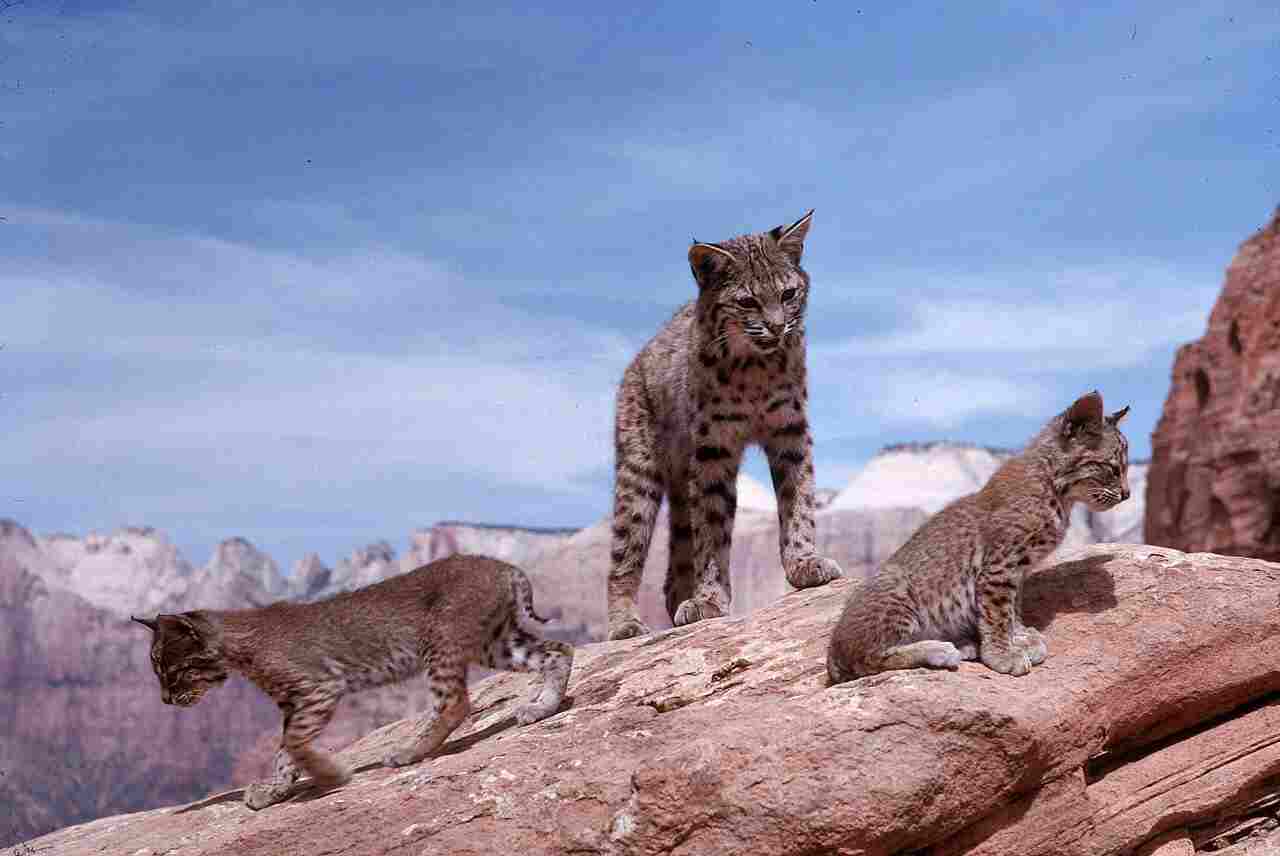
20. Are Bobcats Dangerous?
Bobcats do not pose a direct threat to humans. They are generally shy and elusive animals that prefer to avoid human contact. However, like any wild animal, they can become aggressive if they feel threatened or cornered.
It is important to give bobcats their space and not approach or provoke them. If encountered, it is best to back away slowly and give the bobcat an escape route. By respecting their boundaries and understanding their behavior, the risk of any dangerous encounters with bobcats can be minimized.
Conclusion
* In this article, we have explored various aspects of a cat’s role in the ecosystem and its dietary habits.
* We have discussed whether a cat is a producer or a consumer, its position in the food chain, and its classification as a carnivore or herbivore.
* Additionally, we have examined the specific case of the bobcat, its role as a predator, and its classification as a primary or tertiary consumer.
* Moving forward, we have also considered the behavior of bobcats in relation to humans and addressed the question of whether they are dangerous.
* By understanding their behavior and giving them space, the risk of dangerous encounters can be minimized.
* Therefore, cats, including bobcats, play an important role in maintaining the balance of ecosystems as consumers and predators.


